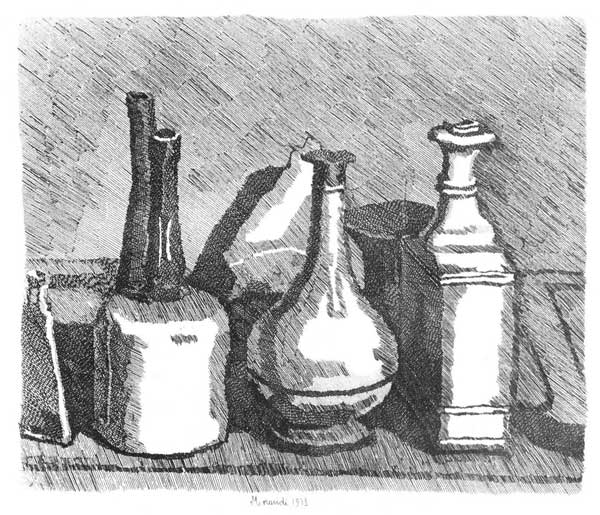This year marks the 15th anniversary of the Estorick Collection and it is fitting that Giorgio Morandi (1890–1964), one of the most consistently popular of the museum’s artists, should inaugurate the celebrations. Although Morandi’s trademark still-life paintings of bottles and jars have been regularly shown in Britain (the last major show was at the Tate in 2001), the appetite for his work is unassuaged, perhaps because its delights are not revealed all at once. His work encourages repeated looking and gives something back each time, differently articulated.
‘The monk of the bottles’, as he was called, lived with his mother and three sisters in an apartment in Bologna, hardly travelling anywhere, and concentrating on working in his studio. He joined the Fascist-sponsored factions and unions to avoid attracting attention or risking internal exile, and was rewarded with a professorship — of etching at the Academy of Fine Arts in Bologna. As the painter Arturo Di Stefano has perceptively written: ‘Perhaps Morandi settled into a personal exile of his own, muddling through the shouty and savage Fascist era, answering when called upon and fading from view when not, quietly and diligently accumulating prizes and prestige.

Get Britain's best politics newsletters
Register to get The Spectator's insight and opinion straight to your inbox. You can then read two free articles each week.
Already a subscriber? Log in







Comments
Join the debate for just $5 for 3 months
Be part of the conversation with other Spectator readers by getting your first three months for $5.
UNLOCK ACCESS Just $5 for 3 monthsAlready a subscriber? Log in